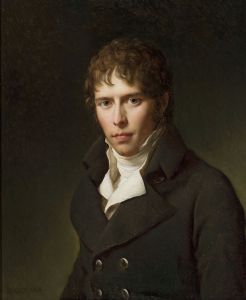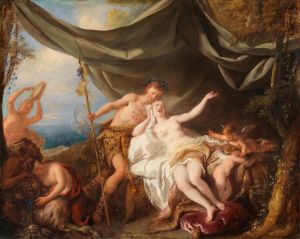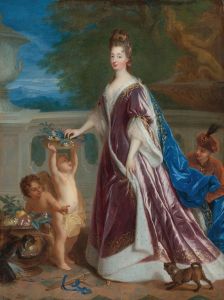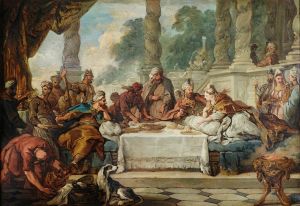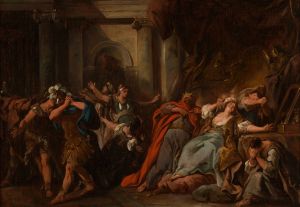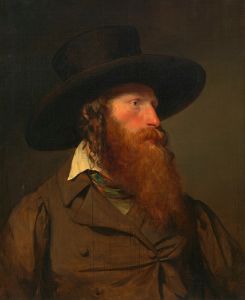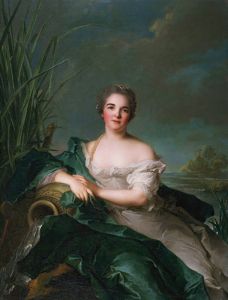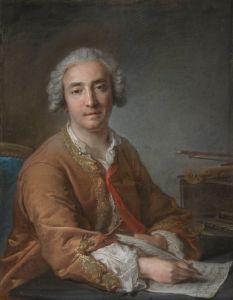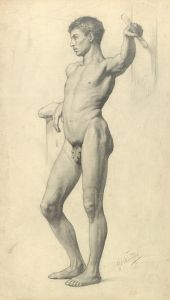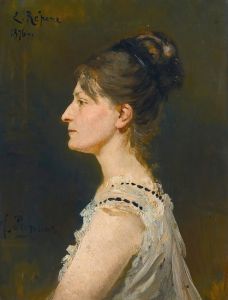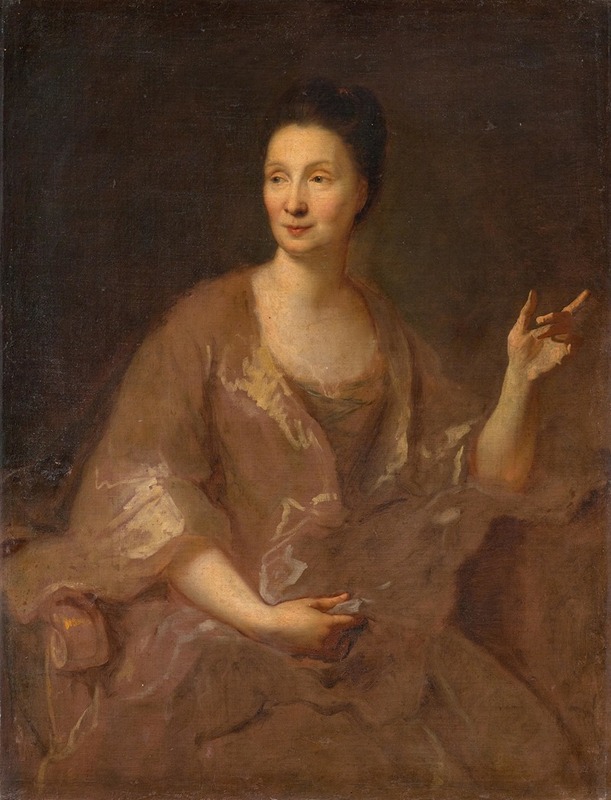
Portrait Of A Woman
A hand-painted replica of Jean-François de Troy’s masterpiece Portrait Of A Woman, meticulously crafted by professional artists to capture the true essence of the original. Each piece is created with museum-quality canvas and rare mineral pigments, carefully painted by experienced artists with delicate brushstrokes and rich, layered colors to perfectly recreate the texture of the original artwork. Unlike machine-printed reproductions, this hand-painted version brings the painting to life, infused with the artist’s emotions and skill in every stroke. Whether for personal collection or home decoration, it instantly elevates the artistic atmosphere of any space.
Jean-François de Troy (1679–1752) was a prominent French Rococo painter and tapestry designer, known for his elegant and dynamic compositions. Among his works is the painting Portrait of a Woman, which exemplifies his skill in portraiture and his ability to capture the grace and refinement of his subjects.
Portrait of a Woman is an oil painting that reflects the Rococo style, characterized by its lightness, elegance, and focus on the aristocracy and their leisurely pursuits. The painting depicts an unidentified woman, dressed in luxurious clothing typical of the early 18th century. Her attire, likely made of fine fabrics such as silk or satin, is adorned with intricate details, showcasing the fashion of the period. The subject's pose and expression convey a sense of poise and sophistication, hallmarks of de Troy's portraiture.
Jean-François de Troy was a member of a family of artists and received his artistic training under his father, François de Troy, who was also a notable painter. He became a member of the French Royal Academy of Painting and Sculpture in 1708 and gained recognition for his historical and mythological scenes, as well as his portraits. His works were highly sought after by the French aristocracy and royal court.
While Portrait of a Woman is not as widely studied or documented as some of de Troy's larger historical compositions, it remains an example of his mastery in capturing the subtleties of human expression and the textures of luxurious materials. The painting is believed to have been created during the height of his career, a period when he was producing works that combined technical skill with the decorative sensibilities of the Rococo movement.
The current location of Portrait of a Woman is not definitively documented in major art historical references, and further details about the identity of the sitter or the specific commission for the work are not available. This lack of information is not uncommon for portraits of this era, as many were created for private patrons and did not always include detailed records.
Jean-François de Troy's contributions to art history extend beyond his paintings; he also played a significant role in the development of tapestry design, particularly during his time as director of the Gobelins Manufactory in Paris. His influence on the Rococo style and his ability to capture the elegance of his time continue to be appreciated by art historians and enthusiasts.





